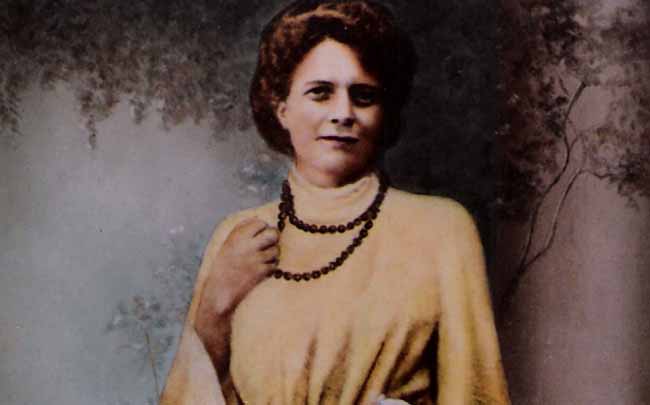Maharashtra inks deal with Virgin Group for World's First Hyperloop between Mumbai and Pune
The Virgin Group led by Richard Branson has signed an intent agreement with Maharashtra Government to build world’s first hyperloop transportation system between Mumbai and Pune.
The foundation stone for the project was laid by Prime Minister Narendra Modi on first day of Magnetic Maharashtra investor summit held in Mumbai.
Key Facts
The proposed hyperlook transportation system will link central Pune with megapolis as well as Navi Mumbai international airport. It aims to reduce travel time between two mega cities to 20 minutes from three hours at present. Details of project cost and time-line are yet to be announced.
The proposed loop will be a fully electric system and will have the capability travel up to 1,000 km per hour. It will be able to ferry 150 million passengers every year. It will transform transportation system and make Maharashtra global pioneer in this space. The project will create thousands of jobs and has numerous socioeconomic benefits.
Hyperloop Technology
Hyperloop Technology is dubbed as fifth mode of transportation. It is system of magnetically levitating capsules (pods) that are sent at high speeds through low-pressure tubes. It envisages tube modular transport system that runs free of friction. It uses linear Induction motors in it to control speed of pods. It is still in trial stages in different countries and not been implemented for practical use anywhere in world yet.
Advantages
Hyperloop is two-to-three times faster than fastest high-speed rail and claimed to have speeds even greater than commercial air travel. It has smaller civil engineering footprint, with no direct emissions or noise compared to railways. Hyperloop system’s capital cost per mile is 60% that of high-speed rail, and is less expensive to operate. Furthermore, Hyperloop departures could happen with a low frequency of a pod every 20 seconds which is not possible in railways.
Challenges
It requires heavy investments and therefore effective public and private sector coordination is prerequisite for implementing it. It consumes high-power compared to railways. Technical challenges and accidents may hamper its progress.
Month: Current Affairs - February, 2018


